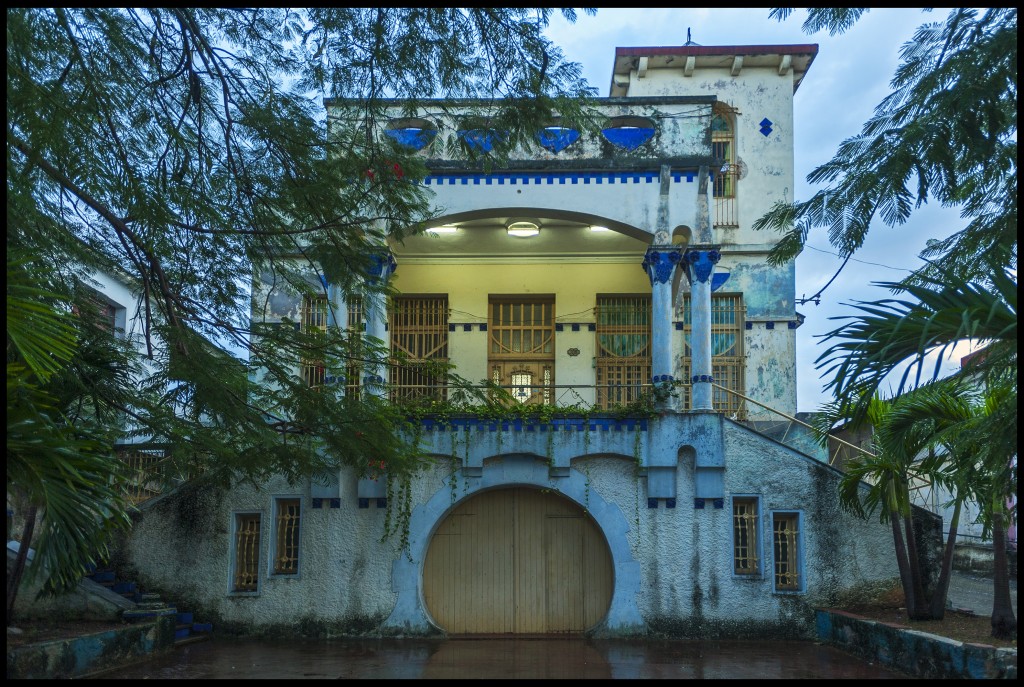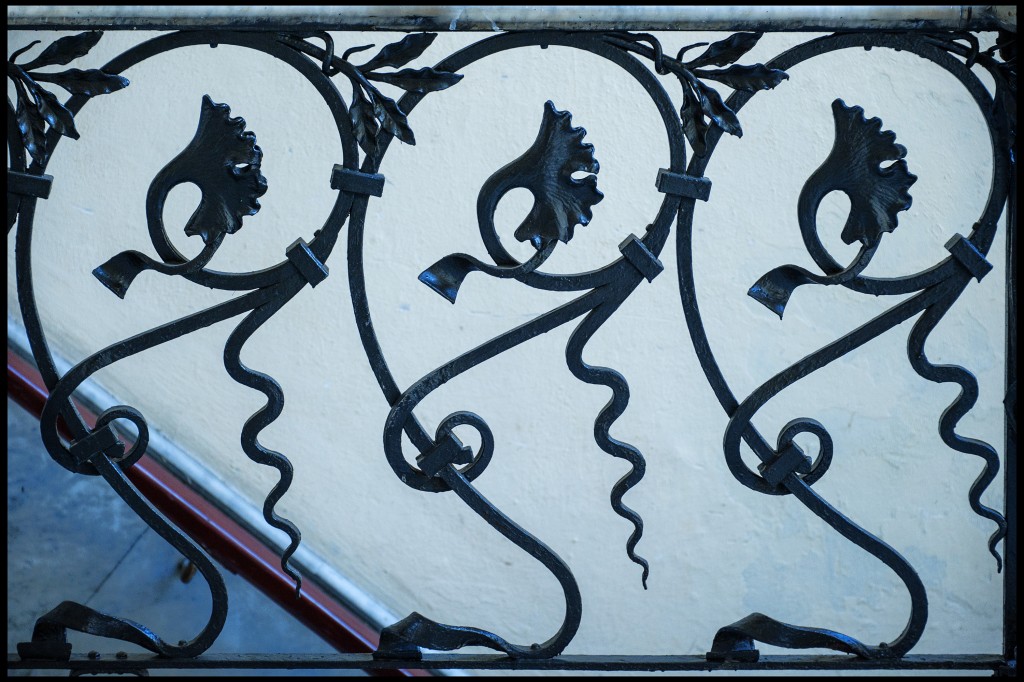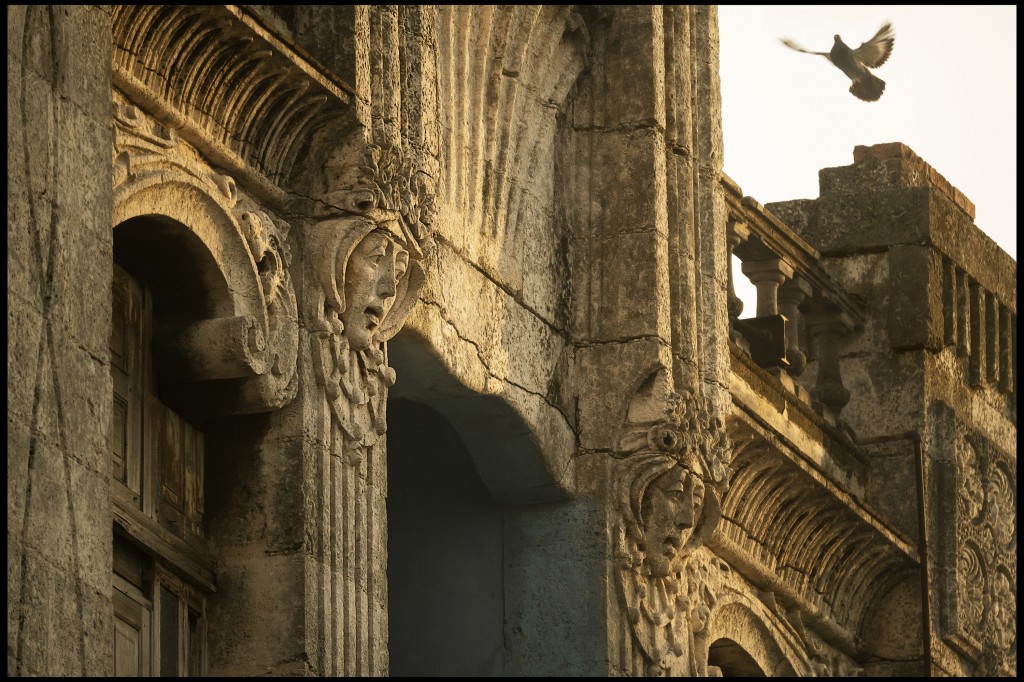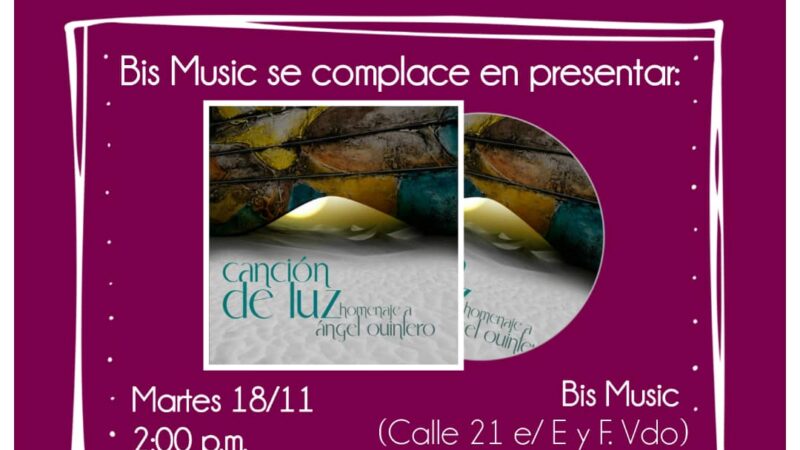Art Nouveau: the pleasure of beauty in an artistic style

For the past ten years, on the initiative of Hungary, the world has been celebrating June 10, International Art Nouveau Day, in order to raise awareness of the value of this artistic movement. The date coincides with the deaths of two architects: the Catalan Antonio Gaudí and the Hungarian Ödör Lechner.
This aesthetic movement, which emerged in Europe in the late 19th and early 20th centuries, was inspired by nature and some of the discoveries of the time, such as the invention of the microscope, advances in photography and the scientific observation of natural forms. The Tassel House in Brussels, Belgium, designed by architect Victor Horta, is considered the first building in this style.
It was produced simultaneously in several cities of the Old Continent, with a different nomenclature in each region, for example, Art Nouveau in France, Secession in Vienna and Modernism in Barcelona.
It arrived in Havana thanks to architects trained in Paris and Brussels, mostly from the Catalan emigrant community; it brought with it a strong symbolic reference and, at times, a marked nationalist character, which is evident in many of the buildings.

Some of these examples are the Palacio Cueto, in the Plaza Vieja, built by the architect Arturo Marqués; the Jardines de La Tropical, considered a paradigm of modernist landscape architecture, built at the request of the Herrera family, owners of the La Tropical brewery, and designed by Ramón Magriñá. Other models are the Casa de los Pelícanos in Old Havana and the Cetro de Oro on Calle Reina in Centro Habana.
In Cuba, it spread mainly through the use of decorative elements on facades, in furniture, glasswork, carpentry, lamp design, stained glass and ironwork. Today, its imprint is visible in different parts of the country, translated into a harmonious relationship between architecture and art.
Havana is the only city in Latin America registered in the Art Nouveau network, and the city is rich in examples of doors, skylights, balustrades and other functional and ornamental elements of these buildings, which prove the imprint of this artistic renovation trend during this period at the beginning of the century.

On the occasion of the International Day of Art Nouveau, the Office of the Historian of Havana invited lovers of this aesthetic movement and the general public to go to the Palacio Cueto, in Plaza Vieja, to take a tour with cartoonists who were inspired by such buildings, visible in the Historic Center, for their works.
The initiative was organized by the Vitrina de Valonia Cultural Center, and those interested got to know some of the buildings of this style that have been the protagonists of the stories of Kronikas magazine.
Walking through the streets of the old buildings, visitors discovered and admired the elements that characterize this artistic renovation trend, such as undulating and elegant lines, the presence of colors and delicate, pale and very sensual female figures. In this style, the enjoyment of beauty is the highest value.
Dr. Eusebio Leal Spengler said a few years ago: «In a world where we have fought so hard for equality, we must also fight for uniqueness, and within the city, Art Nouveau is also a great uniqueness.»
Translated by Luis E. Amador Dominguez



